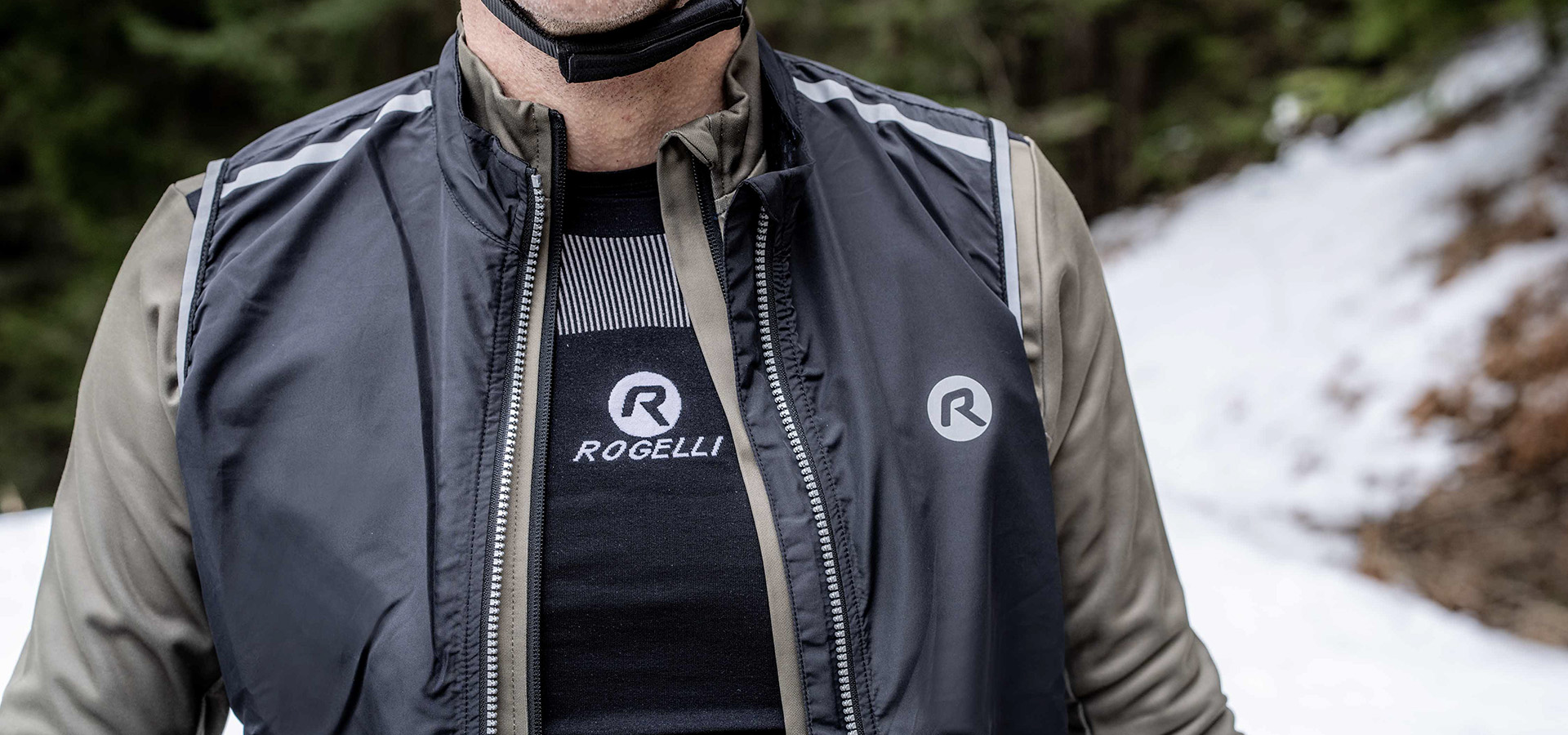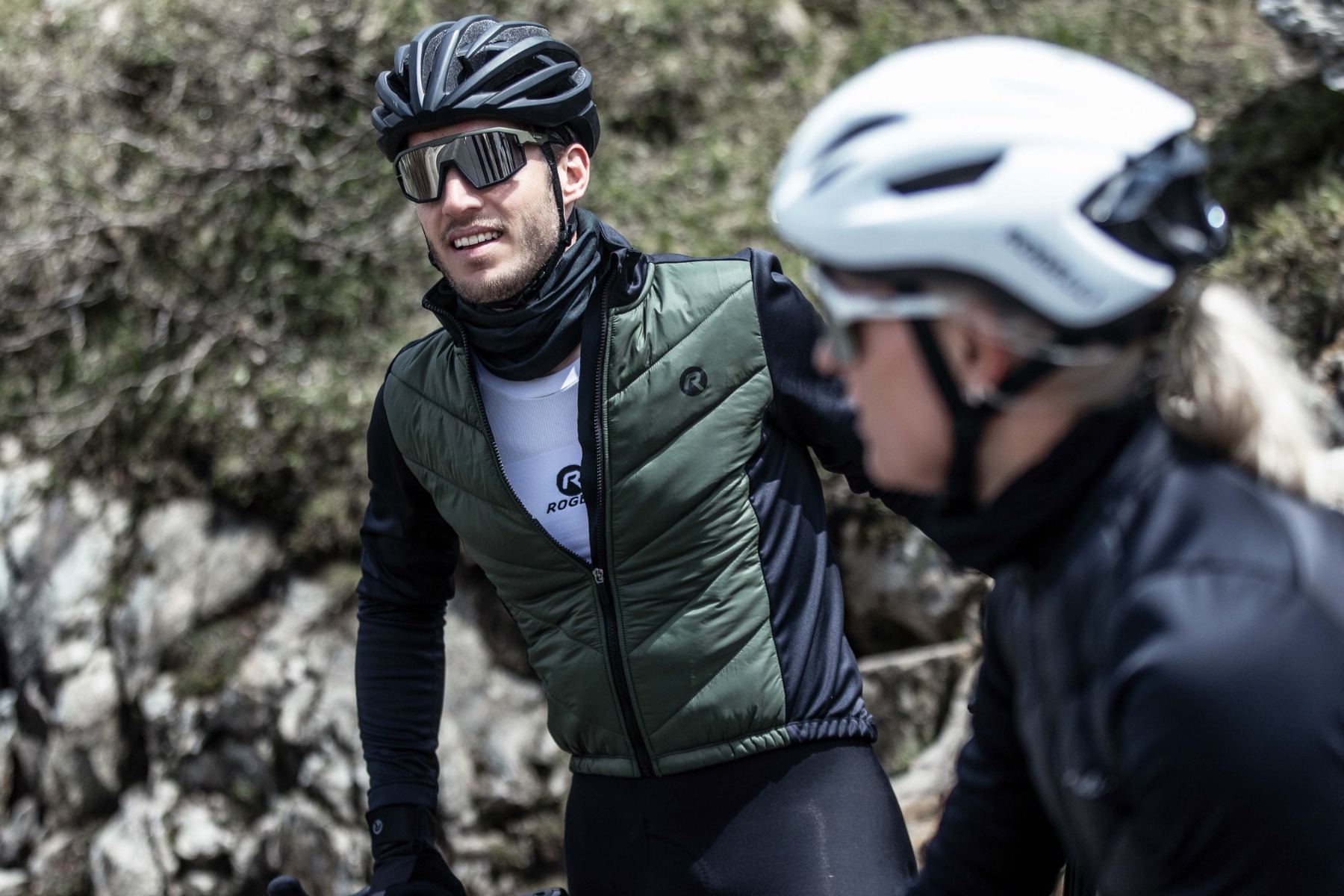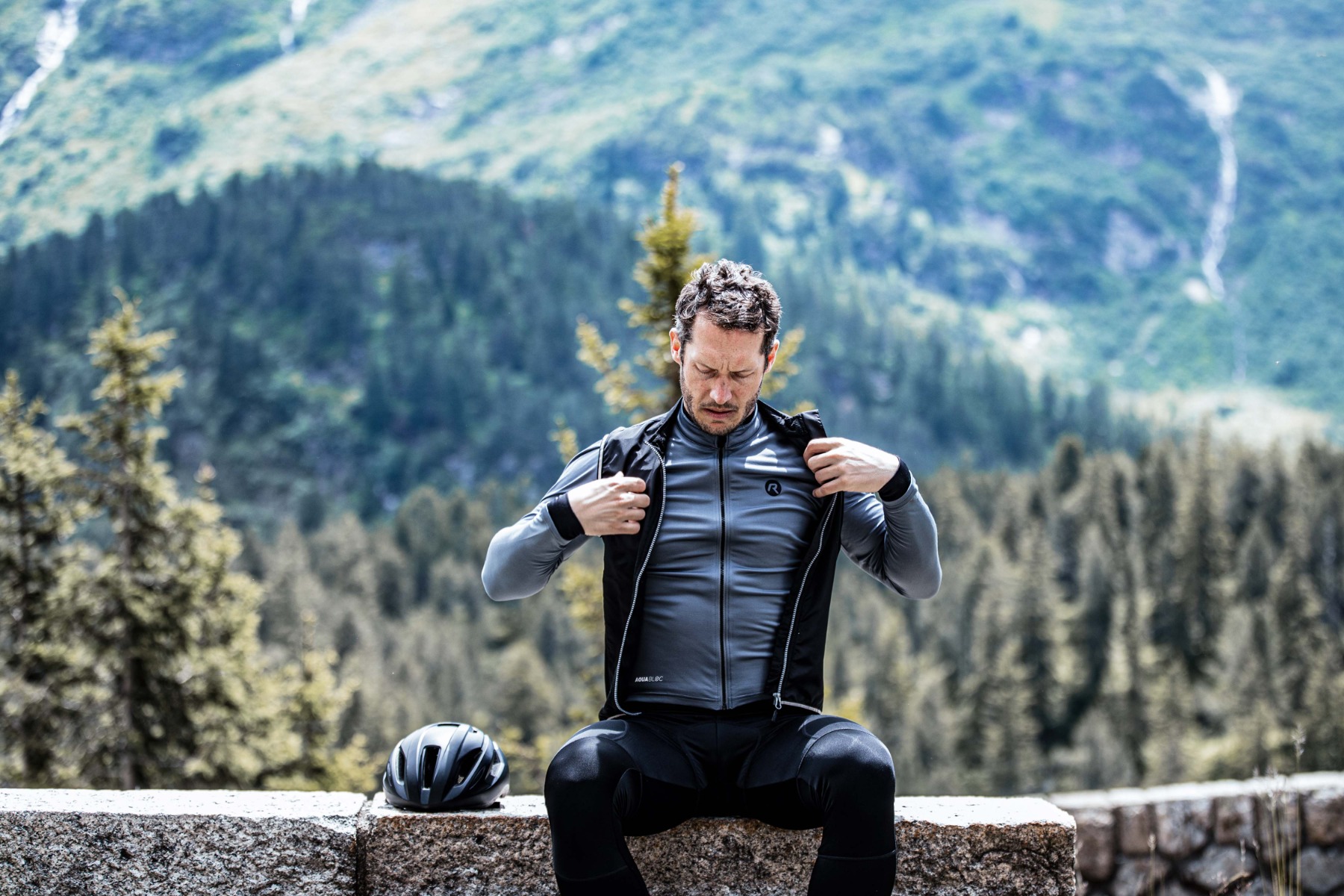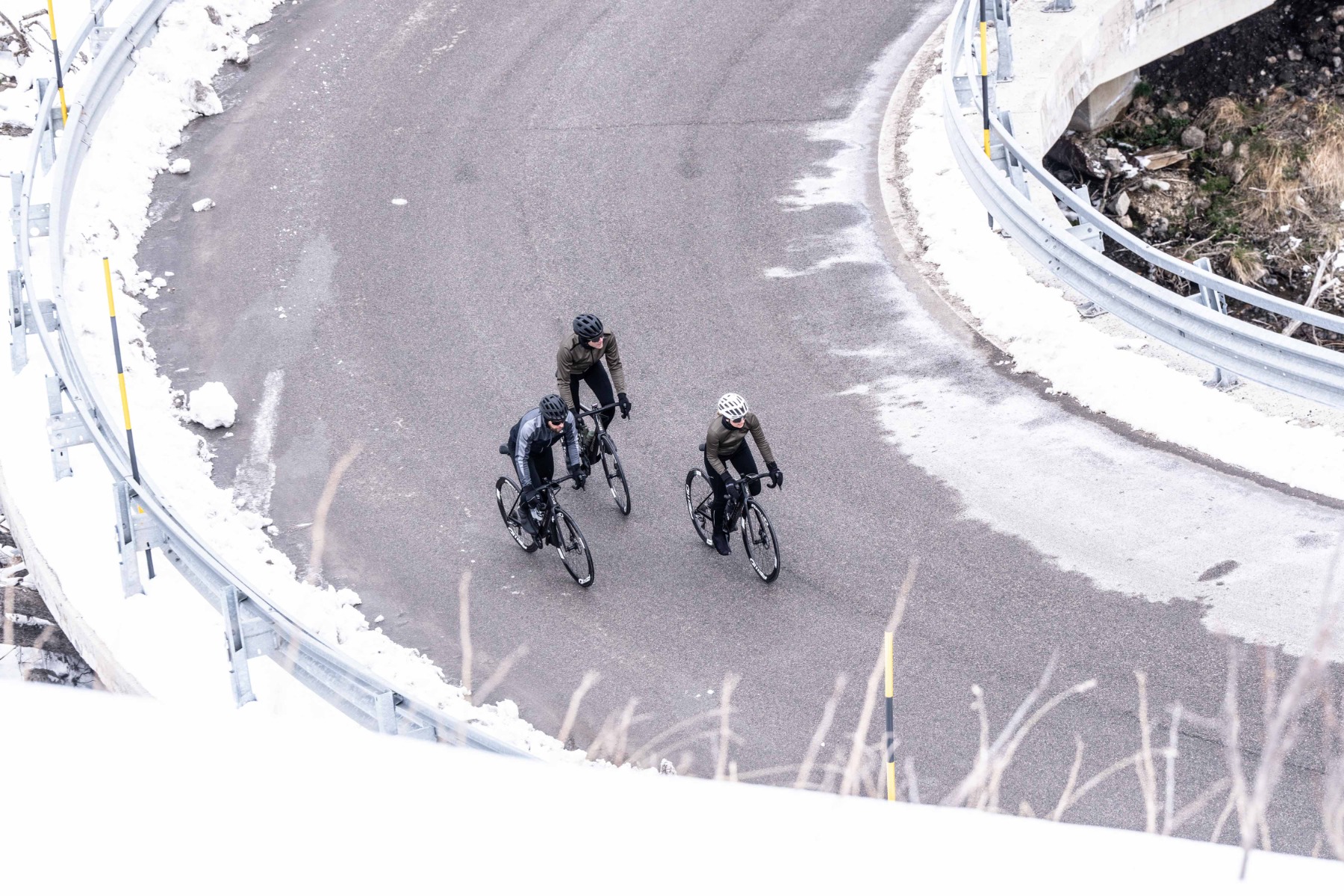


Why you should wear multiple layers for ultimate comfort
In cycling, it's essential to wear the right clothing for maximum enjoyment. Because without comfort, there's no pleasure. One way to achieve ultimate comfort is by wearing layers. Whether you're a professional or a true enthusiast, understanding the benefits of layering helps you get the most out of your ride.
Why you should wear multiple layers for ultimate comfort
In cycling, it's essential to wear the right clothing for maximum enjoyment. Because without comfort, there's no pleasure. One way to achieve ultimate comfort is by wearing layers. Whether you're a professional or a true enthusiast, understanding the benefits of layering helps you get the most out of your ride.
Temperature regulation
One of the most important reasons to wear layers when cycling is the ability to effectively regulate your body temperature. By wearing layers, you can easily adjust your clothing to changing weather conditions and levels of exertion. Your body temperature can vary significantly while cycling, depending on factors such as the intensity of the effort, the weather, and the environment in which you're riding. Wearing layers allows you to easily add or remove clothing items to prevent hypothermia or overheating, ensuring you enjoy your ride efficiently and comfortably.

Temperature regulation
One of the most important reasons to wear layers when cycling is the ability to effectively regulate your body temperature. By wearing layers, you can easily adjust your clothing to changing weather conditions and levels of exertion. Your body temperature can vary significantly while cycling, depending on factors such as the intensity of the effort, the weather, and the environment in which you're riding. Wearing layers allows you to easily add or remove clothing items to prevent hypothermia or overheating, ensuring you enjoy your ride efficiently and comfortably.

Protection against the elements
Some people enjoy cycling when the sun is shining, while others aren't afraid of a little rain. However, every weather condition is cycling weather! And layers happen to be ideal for enjoying your ride in various weather conditions. By wearing layers, you can protect yourself from the elements. Start with a base layer that wicks away sweat and keeps your body dry. Next, wear an insulating middle layer to retain warmth and shield against cold winds, such as a winter jacket or a cycling jersey. Finally, you can wear an outer layer that is wind and water-resistant to protect yourself from wetness or cold. For instance, a rain jacket or a windbreaker.
Protection against the elements
Some people enjoy cycling when the sun is shining, while others aren't afraid of a little rain. However, every weather condition is cycling weather! And layers happen to be ideal for enjoying your ride in various weather conditions. By wearing layers, you can protect yourself from the elements. Start with a base layer that wicks away sweat and keeps your body dry. Next, wear an insulating middle layer to retain warmth and shield against cold winds, such as a winter jacket or a cycling jersey. Finally, you can wear an outer layer that is wind and water-resistant to protect yourself from wetness or cold. For instance, a rain jacket or a windbreaker.

Endless combinations
Another advantage of layering: you can create different combinations based on your preferences and needs. This allows you to wear various clothing items in different ways. Is it windy? You can opt for a windproof jacket or a long-sleeve cycling shirt with a body warmer. In light rain, you can pair a cycling shirt with a rain jacket or choose a water-resistant cycling jacket. This way, you can mix and match endlessly. You thereby create your personal ultimate comfort and your own style.

Endless combinations
Another advantage of layering: you can create different combinations based on your preferences and needs. This allows you to wear various clothing items in different ways. Is it windy? You can opt for a windproof jacket or a long-sleeve cycling shirt with a body warmer. In light rain, you can pair a cycling shirt with a rain jacket or choose a water-resistant cycling jacket. This way, you can mix and match endlessly. You thereby create your personal ultimate comfort and your own style.
Preventing overheating and cooling down
Sometimes, it turns out to be slightly colder or warmer than you initially thought when you hopped on your bike. Hypothermia or overheating can become a concern in such situations. Wearing layers can help you maintain an optimal body temperature. Wearing a base layer, for example, allows excess sweat to be easily wicked away, keeping your body cool during intense rides. Simultaneously, a base layer can function as an insulating middle layer to retain warmth and prevent rapid cooling, especially in decreasing temperatures or when you take a short break from cycling. Therefore, layers help you maintain the balance and keep your body at the right temperature.
Preventing overheating and cooling down
Sometimes, it turns out to be slightly colder or warmer than you initially thought when you hopped on your bike. Hypothermia or overheating can become a concern in such situations. Wearing layers can help you maintain an optimal body temperature. Wearing a base layer, for example, allows excess sweat to be easily wicked away, keeping your body cool during intense rides. Simultaneously, a base layer can function as an insulating middle layer to retain warmth and prevent rapid cooling, especially in decreasing temperatures or when you take a short break from cycling. Therefore, layers help you maintain the balance and keep your body at the right temperature.
Layers have many advantages. Invest in comfortable cycling clothing specially designed for cycling and make sure you always wear the right layers to get the most out of your cycling ride. Then you are ready to enjoy the journey!
Layers have many advantages. Invest in comfortable cycling clothing specially designed for cycling and make sure you always wear the right layers to get the most out of your cycling ride. Then you are ready to enjoy the journey!


